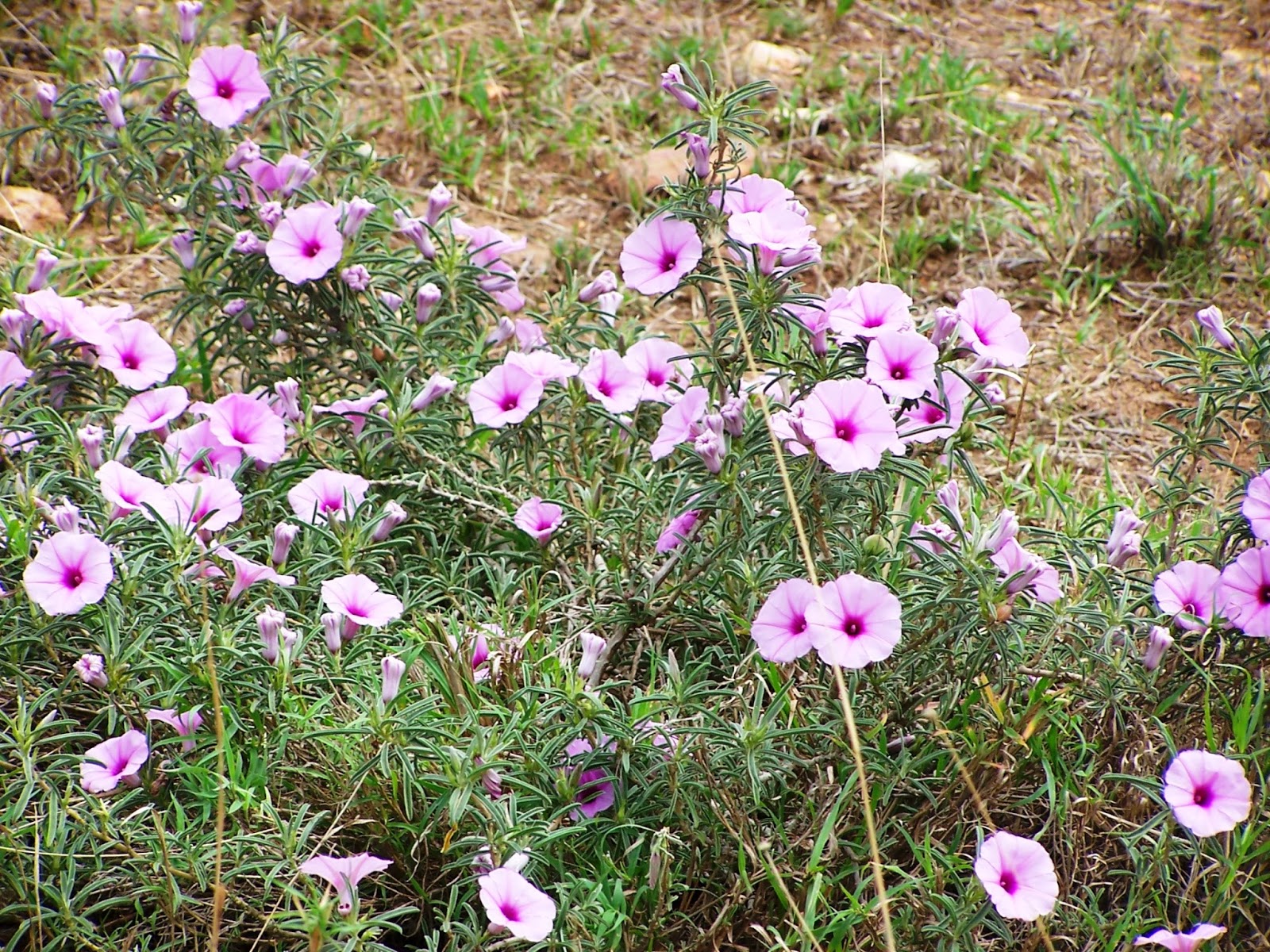BEES and HONEY
To create the mood for a few moments of thinking of bees and their work, let's look at this poem by Emily Dickinson, an American poet who lived 1830 - 1886, spanning the whole life of our Dr. Dillon:
THE BEE
Like trains of cars on tracks of plush
I hear the level bee:
A jar across the flower goes,
Their velvet masonry
Withstands until the sweet assault
Their chivalry consumes,
While he, victorious, tilts away
To vanquish other blooms.
His feet are shod with gauze,
His helmet is of gold;
His breast, a single onyx
With chrysoprase, inlaid.
His labour is a chant,
His idleness a tune;
Oh, for a bee's experience
Of clovers and of noon!
Emily Dickinson
[NOTE: onyx (black) and chrysoprase (green) are gemstones.]
In the past, sugar did not arrive for consumption in bags. Honey was such a prize! It was natural that honey production would be of great interest. Today, this production is supported and encouraged, but on a local scale, with a view for sale at local markets.
In the past, sugar did not arrive for consumption in bags. Honey was such a prize! It was natural that honey production would be of great interest. Today, this production is supported and encouraged, but on a local scale, with a view for sale at local markets.
We all know it is bees who make honey from nectar they gather from flowers. Africa has many flowers - to be found on trees, and on the ground. In a few places they have been cultivated.
These are views of the grounds of some of the hotels
where we stayed.
How are the bees encouraged to have their nests in places accessible to the gatherers?
In trees, mostly some distance from the roads we travelled along:
Here are tubes, suspended by string or rope, swinging in the wind, holding bee nests:
This close-up shows 2 sausage-shaped bee hives
How did the gatherers get up so high to collect the honey?
We saw this fellow climbing trees to gather coconuts near Zanzibar. He has only a strap of rope around his feet, and a circle of string between his hands, to give him traction. The tree's bark was smooth.
We didn't see the honey gatherers at work, but we assumed they gathered it using similar techniques.
This fellow showed us his loop of string, which he used to climb up the trees to pick coconuts.
All of these trees hold bee nests in tubes!
Too high to be reached by any honey-loving wildlife.
Too high to be reached by any honey-loving wildlife.
And here's a tube up-close.
And now that the word MARKET has been mentioned
Next time: Let's visit some markets we noticed as we drove around Tanzania.
Thanks for joining in reading this blog!










i am want to buy book
ReplyDeleteThank you for asking about buying the book.
DeleteThe book "Dr. William Edward Dillon, Navy Surgeon in Livingstone's Africa" is ALMOST ready for sale! I will let everyone who reads this post know when the book is available. By the first week in March, I hope.
The publisher is working VERY HARD to get it "perfect." They have had the manuscript since May, 2013! When it is available, you will be able to purchase it on Amazon, or on the publisher's website. All information will be posted on this site, as soon as possible.
And please keep visiting the posts. And a BIG WELCOME to new viewers from Ukraine, who found the site. Your country is on our minds and in our prayers these days. JT
thanks u to for ansering sory if i am hard talking i am want to buy book but am not english speacking want to by on amazon
Deletewere do i can by book?
ReplyDeleteplez anser i want too know were to i by book
ReplyDeleteBrilliant blog! I expect to see for wonderful things in the next!
ReplyDeletesuch an adventure it must have been travelling to all those locations
ReplyDeleteCreative as always - and something to learn and ponder too :) Cannot hide that you are a teacher by nature Julia.
ReplyDeleteI missed this one while in Toronto so glad to catch up now. This is the beauty of 'blogging' - your work stays around for as long as you want it to. JM
the Jacaranda trees made for some welcome shade after another hot dusty day but I dont like the flowers in my beer! Jean
ReplyDelete